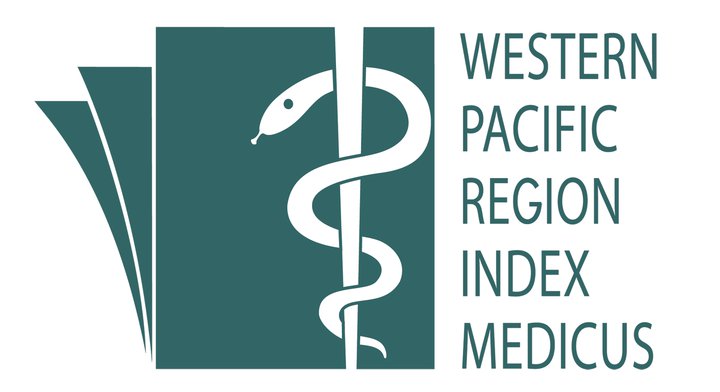Housing and Indoor Factor Influencing Spread of COVID-19
Keywords:
Housing, Indoor, Transmission, Fomite, COVID-19, Infectious DiseaseAbstract
There has been growing recognition linking spread of COVID-19 with environmental factors. One of the environmental factors with robust epidemiological literature supporting its role in diseases is the housing or built environment. COVID-19 spread has been found to occur mostly at homes through secondary household transmission. As most people spend more times inside homes during the pandemic, household remains an important site of COVID-19 spread. The aim of this study is to examine how housing and indoor factors affect the transmission and spread of COVID-19. This article summarizes the housing indoor factors involved in COVID-19 transmission, including the role of transmission from contaminated household surfaces. Indoor transmission of COVID-19 is found to be more likely due to contact transmission and close-contact aerosol transmission in a crowded, confined, and poorly ventilated indoor environment, related to poor housing condition. Whilst role of spread through contaminated household surfaces is of low probability. Based on this review, it can be suggested that besides the existing measures including avoiding crowding, close contacts and proper ventilation, specific standards for indoor environmental quality control and housing condition might be required. Housing is a public health issue and healthy housing is of universal concern.
Downloads
Published
How to Cite
Issue
Section
License
Copyright (c) 2023 Hakimah Yusop

This work is licensed under a Creative Commons Attribution-NonCommercial 4.0 International License.
IJPHR applies the Creative Commons Attribution (CC BY) license to articles and other works we publish. If you submit your paper for publication by IJPHR, you agree to have the CC BY license applied to your work. Under this Open Access license, you as the author agree that anyone can reuse your article in whole or part for any purpose, for free, even for commercial purposes. Anyone may copy, distribute, or reuse the content as long as the author and original source are properly cited. This facilitates freedom in re-use and also ensures that IJPHR content can be mined without barriers for the needs of research.






